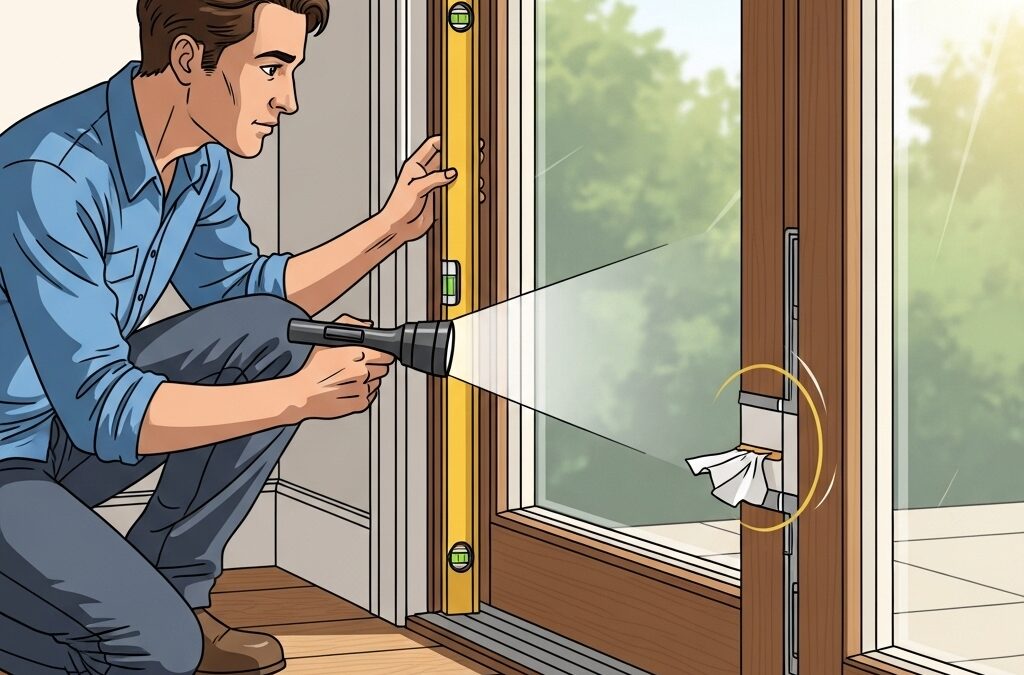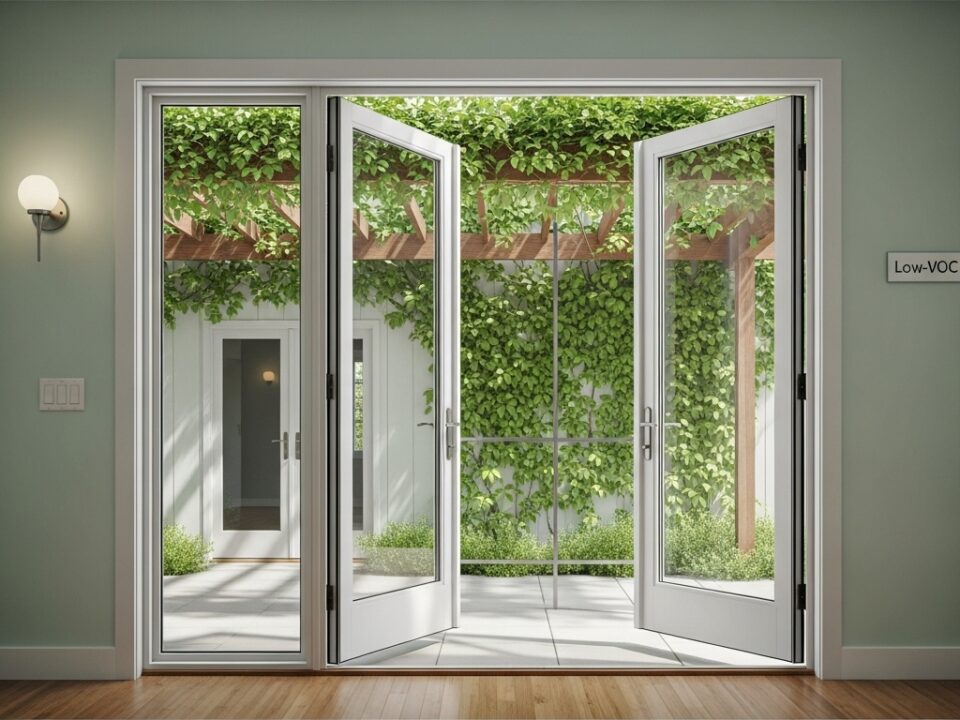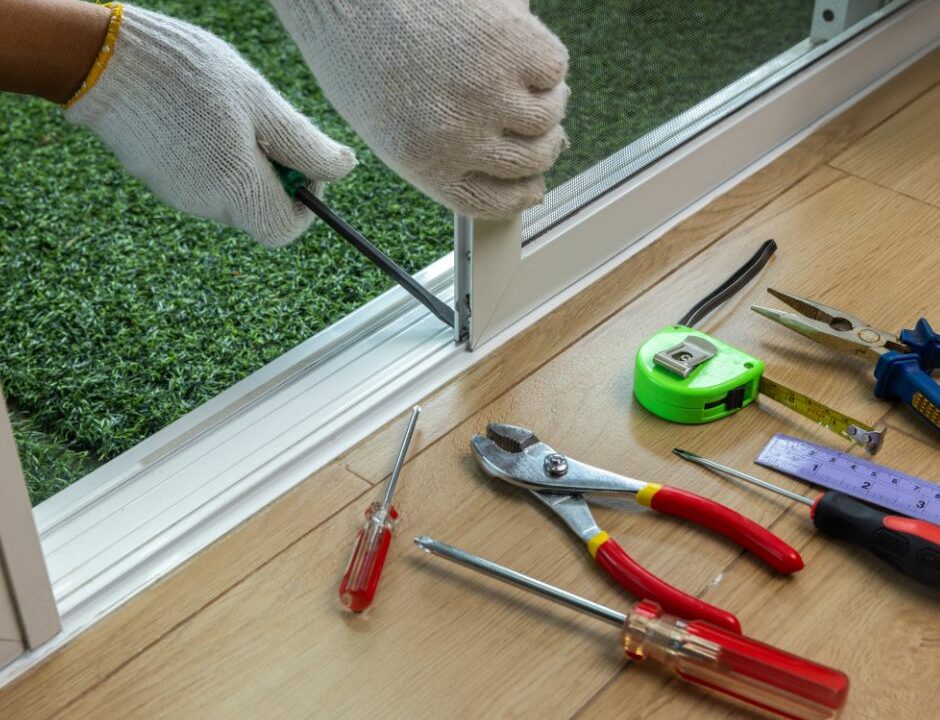Patio Doors Inspection Essentials in Woodland Hills, California

Patio Doors Common Issues and Fixes in Woodland Hills, California
November 18, 2025
Eco Friendly Patio Doors Choices in Woodland Hills, California
November 18, 2025Why Regular Patio Door Inspections Matter in Woodland Hills
Our corner of the West San Fernando Valley blesses us with long sunny seasons, dramatic afternoon heat, and breezes that change by the hour. Patio doors sit at the center of that daily rhythm. They connect kitchens to grilling patios, living rooms to pool decks, and home offices to shaded side yards. Because they work so hard and face such varied conditions, scheduled inspections are essential. Whether you live near Topanga Canyon or closer to the flats by Ventura Boulevard, a disciplined look at your patio doors each season catches small issues before they turn into drafts, leaks, or stubborn operation.
A thoughtful inspection blends big-picture evaluation with small, tactile checks. You’re confirming that panels are square, seals are resilient, drainage pathways are open, and the installation still respects the way water and air want to move around your home. If you’re assessing whether to repair, tune up, or start fresh, it also helps to look at what modern patio door designs now offer, from better interlocks to smarter glass.
Start with Operation and Alignment
Begin by simply using the door. Slide it open and closed several times or swing both leaves on a French set. Note any grinding, hesitation, or binding at specific points. A smooth glide or swing tells you the panels are aligned and the hardware is doing its job. If a slider requires a push at the start and then loosens, that can indicate grit in the track. If it resists through the entire travel, check roller height. Uneven reveals—narrow at the top and wide at the bottom, for instance—are clues that adjustment is needed.
For hinged doors, watch the gap between the panel and the frame. It should be consistent all around. If the latch requires a hip check, the strikes may be misaligned or the weatherstripping flattened. These are straightforward fixes but critical to sealing performance and security.
Inspect Weather Seals and Interlocks
Weatherstripping ages faster in our climate because of UV exposure and dry air. Inspect the vertical interlock on sliders where panels meet, as well as the perimeter seals on all sides. Look for flattened bulbs, cracks, or missing segments. On French doors, pay attention to the astragal between the two leaves and the threshold sweep. Replace worn components to maintain a tight barrier against heat, dust, and noise.
If you feel a draft on breezy days, put a thin strip of tissue at the suspect area and close the door. If the tissue tugs or flutters, you’ve likely found an area where the seal is no longer effective. Address it before summer peaks and your air conditioner works overtime.
Check Tracks, Thresholds, and Weep Systems
Tracks collect the valley’s fine grit, especially after Santa Ana winds. Vacuum and wipe the sill, then run a finger along the track to feel for dents or raised edges that might snag rollers. Inspect the lower rail for hairline cracks on older frames. On the threshold, make sure the transition is secure and even; wobbly or loose thresholds invite water and dust and create trip hazards.
Find the small weep holes along the exterior face of a sliding door. These are the drains that move incidental water out of the track. Use a soft brush or a short blast of compressed air to clear them. During the next rain, peek outside to ensure they’re doing their job. If water lingers in the track, it’s time for a deeper clean and a check of exterior grading.
Evaluate Glass and Coatings
Stand at an angle and let sunlight reveal imperfections. Look for scratches, haze, or a rainbow sheen that can indicate residue. If you see moisture between panes, the insulated glass seal has failed. While not an emergency, it reduces clarity and energy performance and should be scheduled for replacement. Confirm that any labels or markings on the glass match the performance you expect; low-E coatings are the quiet heroes of comfortable rooms on late summer afternoons.
Consider how your furnishings and shades interact with the glass. Partial shading can create temperature differences across a pane. While most modern glass handles this well, large contrasts can stress older units. Exterior shading—pergolas, eaves, or strategic plantings—evens out those swings and pays off in comfort.
Perimeter Sealant and Wall Integration
One of the most overlooked inspection points is the line of sealant where the frame meets the wall. Over time, sun and movement can crack or separate this joint. Carefully examine all sides, particularly the head where flashing must guide water away. If you see gaps, clean the area and re-seal with a compatible product. Properly tying the door to the weather-resistive barrier behind your siding or stucco is what keeps water out of the wall assembly during those rare but assertive rainstorms.
Inside, check baseboards and flooring at the threshold for signs of past moisture. Swelling or discoloration suggests a drainage or sealing issue worth resolving before the next rainy spell.
Hardware, Locks, and Safety
Grasp the handle and feel for play. Tighten loose screws and verify the lock engages positively. On sliders, test any auxiliary foot bolt or security bar. On French doors, confirm that any multi-point lock throws fully; partial engagement both weakens security and compromises the seal. Inspect hinge pins and set screws, and make sure nothing has backed out with thermal cycling.
Don’t forget the screen. Bent frames or worn rollers make screens frustrating and discourage nighttime ventilation. A quick fix here supports cooling the home naturally when evening temperatures drop.
Heat, Sun, and Daily Rhythms
We live with big afternoon highs and cooler nights. If your patio door behaves differently across the day—tight in the afternoon, easy at night—note that in your inspection. Thermal expansion is normal, but it’s a sign that a small roller or hinge adjustment could equalize the experience and improve sealing during peak heat. Dark frames can run hot in direct sun; make sure finishes are in good condition and touch-safe in family zones.
Document and Plan
After your walkthrough, jot down what you found. A simple note about a loose handle, worn seal, or sluggish weep becomes a to-do list that’s easy to knock out. If multiple issues point to an aging door—frequent drafts, fogged glass, sagging panel—it may be time to consider a replacement. Scanning current patio doors will show how modern designs address these pain points with better glass, stronger interlocks, and improved drainage details.
When to Call a Professional
Homeowners can handle cleaning, lubrication, weatherstrip swaps, and minor adjustments. Bring in a pro for glass replacement, frame re-setting, or any suspected leak into the wall. Professionals carry the right sealants, flashings, and tools, and they understand how to keep the door integrated with your home’s envelope. A short visit can restore performance quickly and give you confidence heading into summer heat or a rare storm.
FAQ
Q: How often should I inspect my patio doors?
A: Twice a year is a good rhythm—once before peak summer and once before our short winter. Add a quick check after any major wind event to clear grit from tracks and weeps.
Q: What’s the most common issue you find in Woodland Hills?
A: Clogged weeps and flattened weatherstripping top the list. Both are easy to address and have an outsized impact on comfort and cleanliness.
Q: My door leaks air even after new weatherstripping. What next?
A: Check panel alignment and the perimeter sealant where the frame meets the wall. Small gaps there can mimic failed weatherstripping. A simple re-seal often solves it.
Q: Is fogging between panes dangerous?
A: It isn’t a safety risk, but it reduces clarity and insulating value. Replacing the insulated glass unit restores both appearance and performance.
Q: Do I need triple-pane glass in our climate?
A: Most homes see excellent results with selective low-E double-pane glass. Triple-pane can help in special cases, but tight sealing and the right coating usually provide the best value here.
Make Your Next Season the Easiest Yet
A simple inspection ritual keeps your patio doors ready for the long, bright months ahead. Whether the plan is a quick tune-up or a well-timed upgrade, the payoff is a cooler, quieter, more comfortable home. When you’re ready to take the next step, explore high-performing patio doors and picture how smoothly your home could flow between indoors and out.




